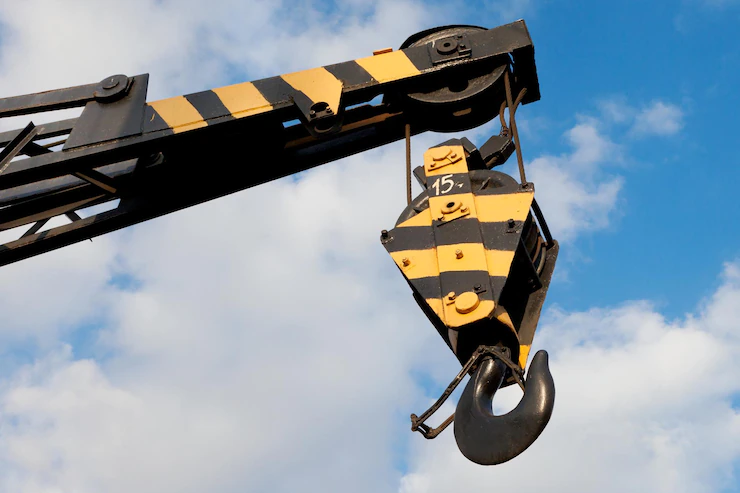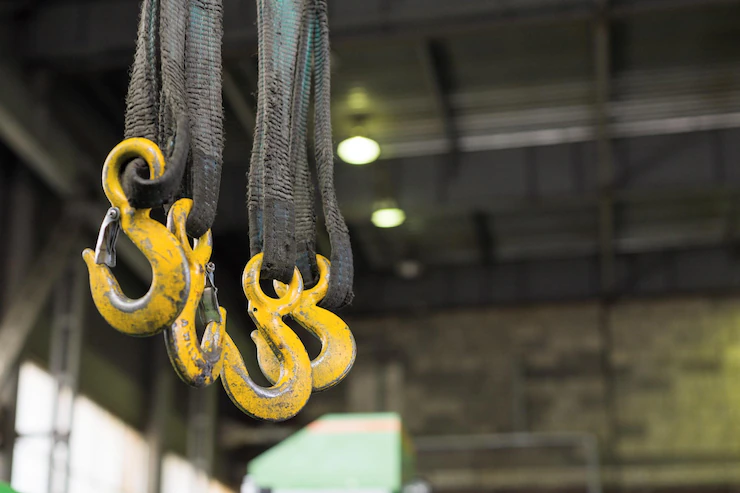
Lifting equipment generally improves workplace productivity by speeding up transport and decreasing risks.
Some examples of lifting equipment that enhance efficiency are hoists, cranes, cradles, and goods and vehicle lifts. If these machines remain durable and functional for an extended time, productivity continues, maximizing funds, time, and effort.
These machines need proper maintenance and care to maintain them in excellent running condition. Suppose you own some pieces of lifting equipment.
In that case, you may consider knowing some tips and tricks to keep them well-oiled and efficient. In addition, knowing these tips may eventually prevent accidents and death.
For that purpose, here’s an article to guide you.
Checkout Important Guideline To Maintain Lifting Equipment:

1. Read The User Manual
The user manual usually contains the appropriate operating procedures for lifting equipment. It also explains the things to avoid while using the machine. Following these steps can make the equipment operational for a long time. Besides, user manuals provide troubleshooting tips, enabling owners to fix minor problems.
Before using the lifting equipment, it’s better to check the parts and their functionalities based on what the manual provides. In some cases, the manual has a checklist that operators can monitor. It may also contain indicators that tell whether the machine is working correctly or not.
For example, a problem may occur if some parts of a hoist leak or warp. You may check out a lifting company to see further how the pieces of lifting equipment are installed and utilized according to user guides.
2. Run Maintenance Checkups Regularly
A regular inspection of the lifting equipment is one way of knowing the potential problems that may occur. In most cases, the machine shows signs an operator needs to address at the soonest possible time. Thus, he may check for leaking, stretching, excessive wearing, loosening parts, misaligning, and breaking.
Apart from this, he may need to visually inspect the commonly damaged parts, such as bushings, roller bearings, hooks, wire ropes, and belts. Moreover, he should look into the cuts, welding and chemical damage, and distorted portions.

If you’re the operator or equipment owner, you may need to create a maintenance schedule apart from the routine inspection before using the machine.
In many cases, the equipment parts have a determined life span you need to monitor for replacement. For example, bushings generally last up to 15 years, while shackles typically last up to three years.
3. Clean Them After Use
Cleaning the lifting equipment after using it prevents dirt and muck from accumulating. In some cases, when this waste has gathered, it may cause clogs and rust.
This will affect the movement and the general operation of the machine. Rusting may even result in the breakage of the parts if ignored for a long time.
You may need to clean the machine right after use if you’re the operator. A gentle sweeping and scrubbing can help remove the dirt and prevent excess buildup.
You may also need a quick rinse on the cleaned parts immediately, as cleaning them the next day may be more challenging, especially if they’ve hardened.
4. Store Them Properly
Although most types of lifting equipment are weatherproof, prolonged exposure to extreme weather elements, such as rain and UV, can reduce the working load limits of slings and similar devices. Additionally, too much humidity can cause rusting and corrosion. Collectively, these issues may affect the machine’s functions.
To properly store the lifting equipment, a climate-controlled room may be necessary. If you don’t have the budget for this storage, you may need a clean, safe, and dry area to keep the equipment in good condition.
It would be better if the smaller pieces of equipment were situated on elevated shelves or tables. This could prevent moisture from seeping in from the floor.
5. Lubricate Them
Lubrication helps the lifting equipment to run smoothly. Apart from minimizing wearing and breaking, lubrication also reduces friction and squeaking.
It also avoids corrosion and enhances the shock-absorptive quality of the machine. However, you must keep track of the lubrication schedule of the equipment. This is because too much lubrication can increase the pressure in seals, deteriorating them.

As a rule of thumb, you may need to grease shackles with every oil change. For hoists, four times a year is the maximum.
For wire ropes, the rule of thumb is 10 times for the entire service life. You may use sprays or brushes when applying lubricants, primarily on the covered portions.
6. Know The Equipment’s Limits
Although the lifting equipment is designed to carry and transport heavy objects, it still has weight restrictions. This is called the working load limit.
In most cases, the manufacturer prescribed the limit, but it may decrease over time as wearing and other factors can affect the equipment’s performance. Knowing these numbers avoids untimely breakage and prevents injuries.
Wrapping Up
Properly maintaining the lifting equipment makes the most of its cost and usage. If you’re planning to buy a piece of lifting machine anytime soon, you may need to note the guide discussed here.
Apart from the tips and tricks, this article further explains the importance of keeping the equipment well-oiled, maintained, and operational.
Read Also:




























